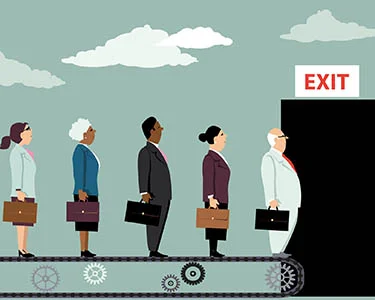By Rob Kaiser. Originally posted to KornFerry.com on January 22, 2021.
Preparing to step out onto a rickety wooden footbridge 400 feet above a mountain chasm as he climbed Mount Everest Base Camp and the Khumbu Icefall in 2015, Hal Gregersen felt a little anxious. Seeing where another bridge had fallen didn’t help. He could risk forging ahead, or he could stay where he was and get nowhere.
Across the globe, CEOs now face a similar moment of reckoning, says Gregersen, a senior lecturer at the MIT Sloan School of Management. Though many probably didn’t see it that way at the time, the pandemic removed at least one key part of a CEO’s job by forcing only mostly short-term decisions and avoiding any long-term calls. Indeed, it became common for CEOs to skip making forecasts at earnings calls and to tell stakeholders they had “no idea” about the next 12 months. With crisis management ruling the day, everything from capital investments to new products could be put off.
But that break from one the hardest parts of leadership—charting a course—is ending. Leaders now know who will be in the White House and which party will rule Congress. They know we have a coronavirus vaccine and what the economy might look like this year. Granted, nothing is certain, including the impact of a new virus strain, but CEOs focused for so long on the short term can start to plan much farther down the horizon. Are they up to it?




